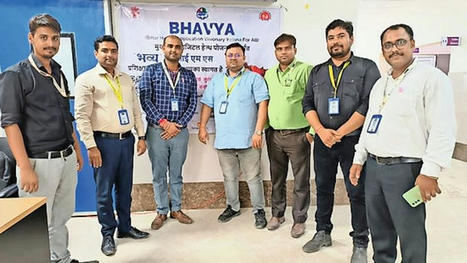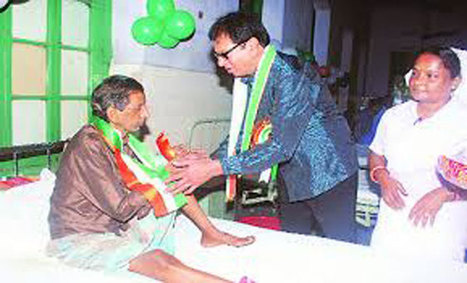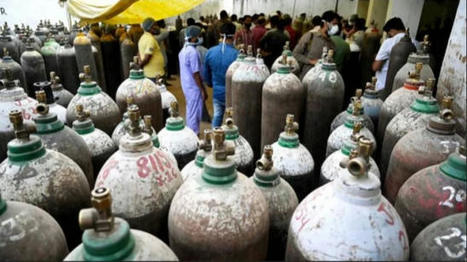The sudden second wave in the country left the government and the citizens in a fix. But ever since the second wave hit, the country has been constantly upgrading its healthcare system so that it can stand up to any challenge that comes next. Read on to know how India worked on its healthcare system.
India’s April Covid hell brought immense agony. Close to 20% of all official deaths reported in India due to Covid-19, occurred over the four weeks of April. May brought dismay. While it’s a best-kept secret that the deaths were not being fully counted, the officially declared toll was 83,135.
India’s “oxy-panic and distress made global headlines. The manic scramble for oxygen landed in courts, which told the central government “You can put your head in the sand like an ostrich, we will not."
The distress created anger, which like a tsunami, dwarfed the Modi government's popular mandate of 2019. Aware the second surge had eroded the governement's political equity and a third could entail political calamity, the government prepared to battle the mutating pandemic and hostile opposition awaiting a political opportunity
CHALLENGES BROUGHT CHANGE
Did India change after the first two waves of the pandemic? Has adversity shaken off the seven decades of apathy towards building public health infrastructure?
Through a series of review meetings starting March, Prime Minister Narendra Modi started a status check of decisions taken on availability of oxygen, ventilators, oxygen plants and other essentials since March 2020.
ADVERSITY BROUGHT REMEDY
The centre had started planning, ramping up the infrastructure in March-April 2020. Shortage of medical equipment like ventilators and cylinders was identified. Three companies were short listed to manufacture India-specific ventilators.
Cut to 2021, the total number of ventilators is up to 57,557 from 16,644.
Bulk of funds for this came from the PMCares fund, criticised by the opposition.
OXYGEN AVAILABILITY & PREPAREDNESS
As cylinders need refilling and facilities that can produce large amounts of Liquor Medical Oxygen were located in remote regions, the Centre keen to reduce the transportation time and upgrade availability, focused on creating local large, medium and micro-oxygen generation hubs.
OXYGEN GENERATION PLANTS
One of the key focus area for quick availability of oxygen in case of a crisis are PSA (Pressure Swing Adsorption) plants.
The plants are being established in hospitals to enable them to become self-sufficient in generation of Oxygen. Under PM Cares, 162 PSA plants were sanctioned in 2020, out of which 77 are up and running and the rest will be on stream by July ’21.
An additional 1,051 PSA Plants sanctioned under PM Cares Fund in March & April 21 are being procured through DRDO and CSIR and will be installed in the next three months in phases.
This means by September, there will be over 1,200 oxygen plants up and running with the public health facilities.
CRYOGENIC TANKERS
To future-proof the public health system against a feared third wave, the government went in for capacity enhancement of Cryogenic tankers.
LIQUID MEDICAL OXYGEN AVAILABILITY
To ramp up oxygen supply for future production of Liquid Medical Oxygen (LMO), manufacturing was ramped up by more than 10 times from a paltry 900 MT/day in pre-Covid times to 9,300+ MT/day (as on 17th May 2021). At the current rate of production of 9,300 MT/day, India achieved the total LMO production of 2019 over in May.
read more at https://www.indiatoday.in/coronavirus-outbreak/story/after-second-wave-has-india-upgraded-its-healthcare-system-for-next-big-challenge-read-to-know-1820077-2021-06-28



 Your new post is loading...
Your new post is loading...














